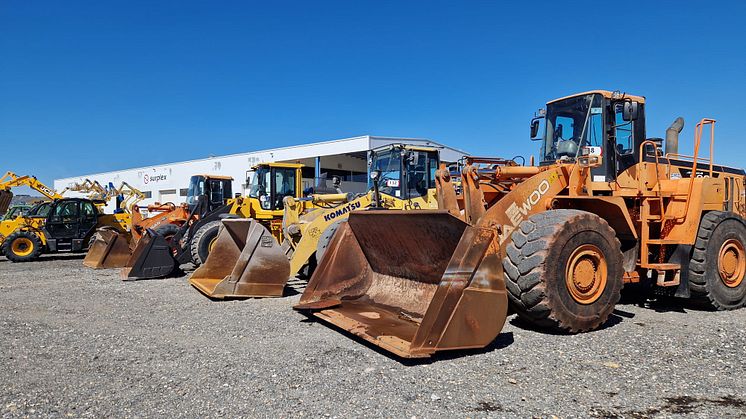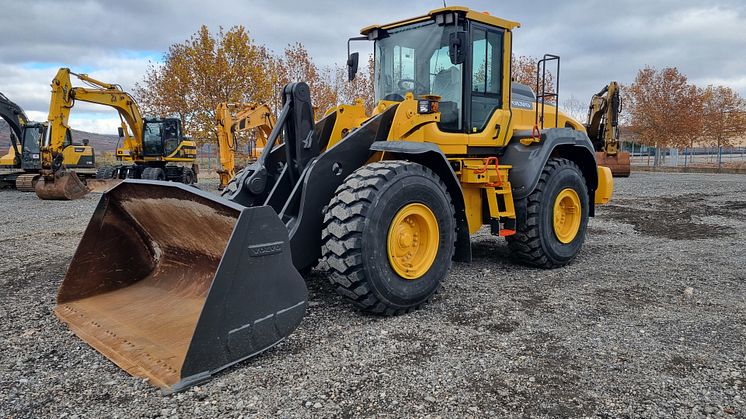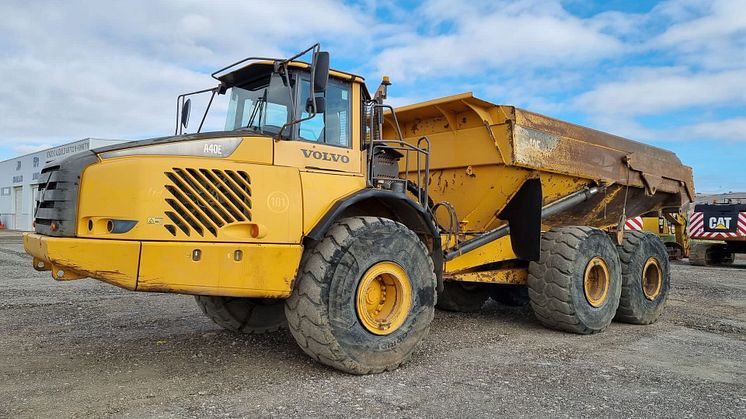
Press release -
A wheel of fortune: construction machinery on wheels
Excavator, loader or dump truck – here’s what to consider when using tyred construction machinery. Wheels enable higher speed and manoeuvrability at a lower price and easy maintenance. However, they reach their limits on difficult terrain.
Example 1: the wheeled excavator
Probably the most well-known construction machine that is widely used on both wheels and tracks is the excavator. A wheeled excavator is also called a mobile excavator. And as the alternative name already suggests: wheels provide for a higher driving speed and greater manoeuvrability for construction machines. This makes them ideal for work in confined areas, such as on a construction site in the city.
Since rubber wheels are much lighter than steel tracks, tyred construction machines often have a significantly lower dead weight. This and the higher driving speed allow wheeled excavators often to even have road approval. So, they can drive themselves to the job site, avoiding heavy transport. Compared to a tracked excavator, the wheeled version is also easier to control. In addition, wheels are usually cheaper and easier to maintain or repair than tracks.
However, there are also disadvantages. Wheels provide less traction than tracks on muddy, sandy or very soft surfaces as the wheels’ contact area is smaller and the ground pressure is therefore much higher. So, crawler excavators are used on demanding construction projects.
Example 2: the wheel loader
The wheel loader is a widely used construction vehicle for lifting and transporting materials such as earth, gravel, rubble or other bulk materials. Unlike the wheeled excavator, wheel loaders are equipped with a wide bucket instead of a boom or long arm. Therefore, they transport heavier loads than an excavator. It is important to ensure that the so-called tipping load is not exceeded. This is the critical weight at which a construction machine loses its stability and tips over above its centre of gravity. Especially on uneven terrain, wheeled construction machines are more prone to tipping over than tracked vehicles. Nevertheless, loaders are usually equipped with wheels since their main area of application is on paved or asphalted roads.
Example 3: the dump truck
Tippers and dumpers are used to transport large ammounts of earth or bulk materials. Dump trucks have a tare weight of at least 20 t and are therefore an exception in public transport. They are mainly used in mining, quarrying and open-cast mining, and on large construction sites. Dump trucks therefore usually drive on solid and well-drivable ground, but they must be fast and mobile. Therefore, wheels are the chassis of choice.
The largest type of wheeled construction machines is the dump truck. The largest one currently in operation is the 75710 from the Belarusian company BelAZ. It has an tare weight of about 360 t. The maximum payload of 450 t is handled by the 4,600 hp of the two diesel engines. It drives on a total of eight wheels (single wheel diameter: 3.9 m, width: 1.78 m, weight: approx. 5.5 t).
That does not sound like dump trucks are mobile and manoeuvrable. To address this issue, Volvo developed the articulated dump truck in the 1960s. Today, worldwide, every second articulated dump is made by Volvo. An articulated swivel joint allows the tractor and trailer to move independently of each other.
Used machinery: Why the wheel does not have to be reinvented
Wheels provide mobility and are cheaper than caterpillars. For whom these are the decisive factors when designing their construction business, they should take a look at the used machinery market. By purchasing used machinery, companies can reduce their investment costs, especially when it comes to expensive construction industry machines.
The industrial auction house Surplex.com is running a collective auction of construction machinery until 27 April. Among the machines offered, the wheel loaders and the two articulated dump trucks are particularly noteworthy. Among the top lots are the wheel loaders Volvo L110H, Komatsu WA 470-7, Doosan MEGA 500V and JCB 532-70 AGRI, and 535-95 AGRI SUPER telescopic handlers. Wheel excavators are also represented by the Hyundai ROBEX 200W7.
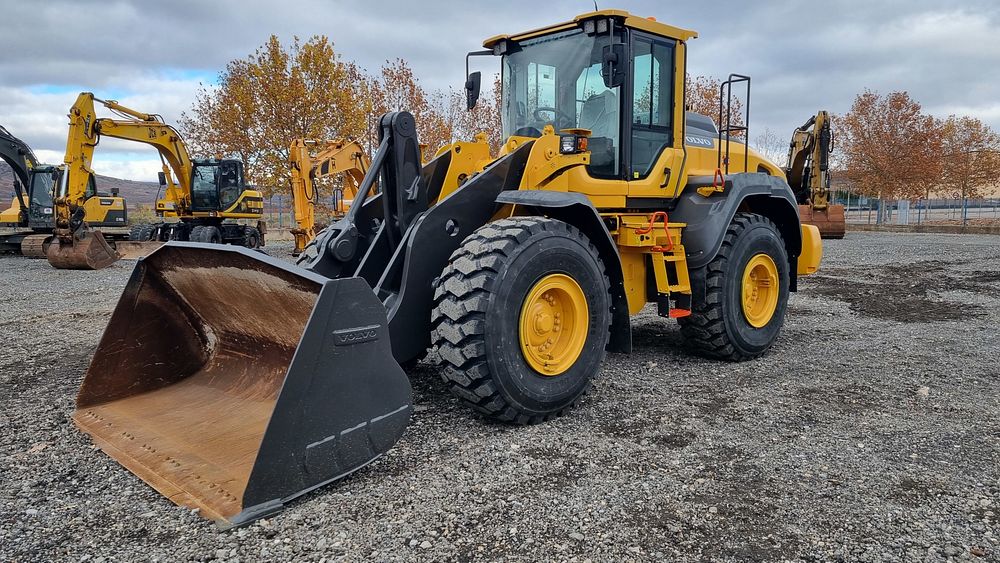
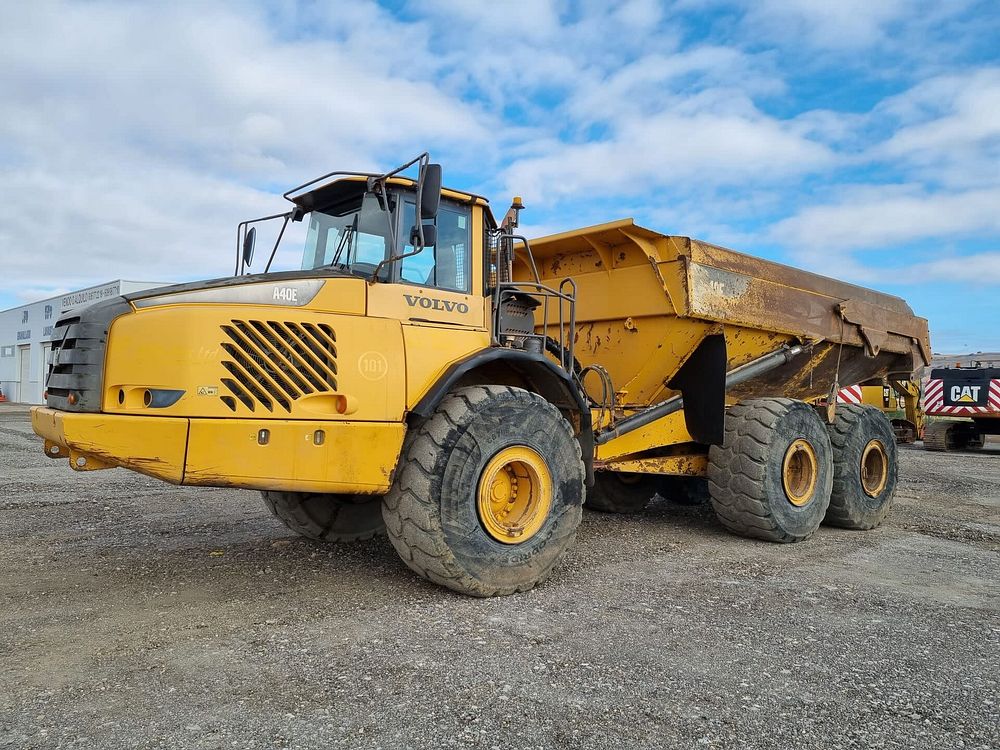
About Surplex
Surplex is one of Europe’s leading industrial auction houses and trades worldwide with used machinery and equipment. The 16-language auction platform Surplex.com records approximately 50 million-page views annually. More than 55,000 industrial goods are sold each year at more than 800 online auctions. The company is based in Düsseldorf (Germany) and has offices in 15 European countries. Over 220 employees from 20 different nations generate an annual turnover of more than EUR 100 million.

